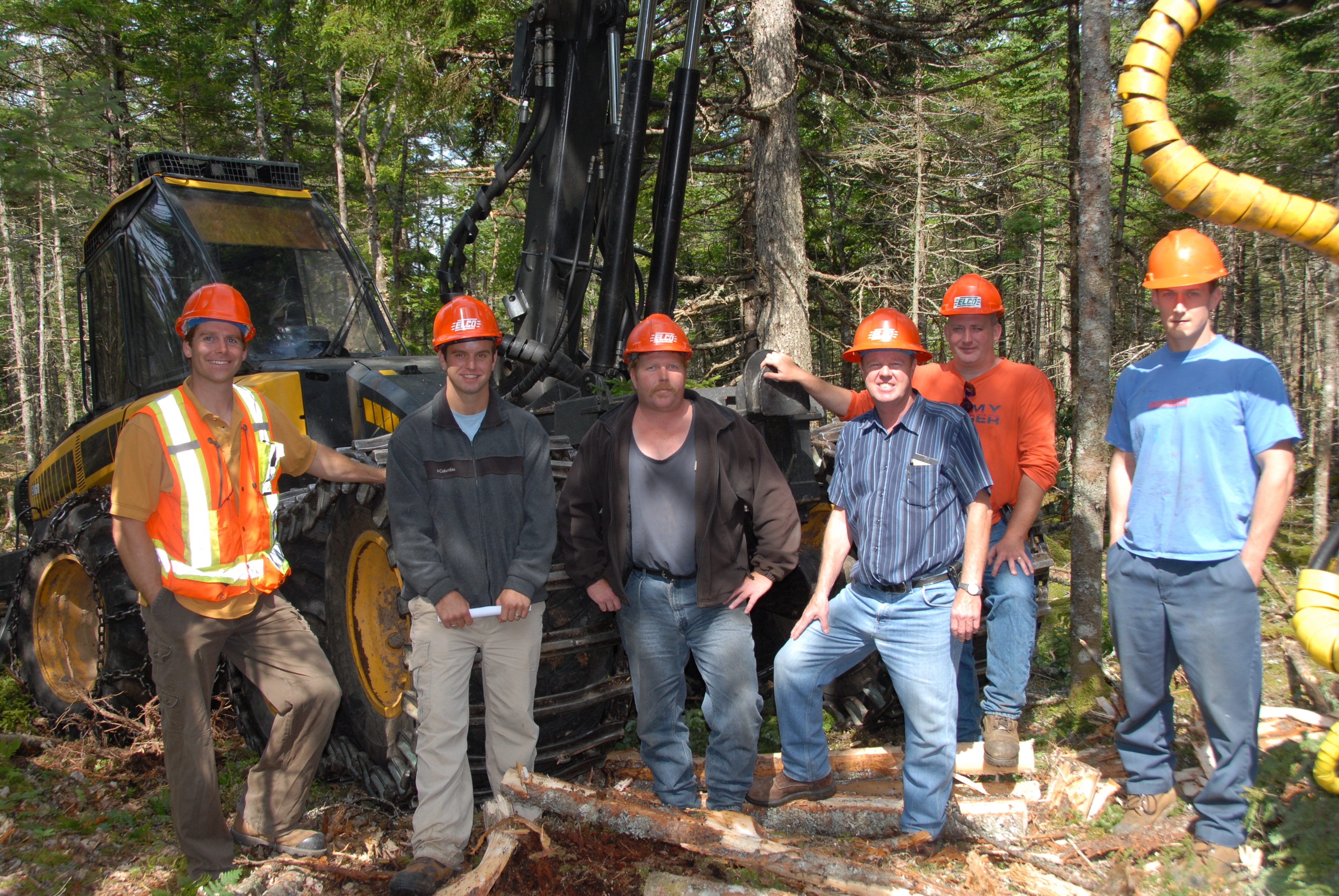
Features
Harvesting
Logging Profiles
Are contractors doing enough to attract capital?
June 28, 2018 - Forest sector contractors in British Columbia are a shrinking breed. The industry has contracted in so many ways but one could argue the most impacted in the supply chain is logging contractors. Contractors are getting larger, owners are aging, and average margins are poor. Risks are increasing while the reward is decreasing. The result is fewer logging contractors. Those left are being asked to do more, and will have to do more.
This spring we have seen the impact of the reduction of logging contractors and the risks associated with operating on the land base. Even with a longer than normal winter harvesting season and the use of satellite yards to lengthen the hauling season, we are seeing sawmills at risk of production shutdowns because of log shortages. The trees are on the land base but there is not enough capacity to harvest, process, and transport logs to sawmills within the seasonal opportunities.
This shortage exists because logging contractors are not generating a sufficient return to be sustainable, recruit and train new staff, or invest in innovation. Over the last few years, TimberTracks has been analyzing logging contractor accountant prepared year-end financial statements to understand the situation of the industry supply chain. We underwent a robust third-party verification process to ensure our analysis and sample is representative of the industry. The results were worrisome.
There are two types of capacity challenges for the supply chain. The first is labour. The workforce is aging and forestry is not generally considered an attractive vocation for younger people. The days are long, the risks are high, and the compensation is not as good as historically found in other mechanized industries such as mining and oil and gas. The collective industry needs to assess its image and how it attracts young people to careers in forestry.
The second capacity challenge is return on capital. Without getting into the specific details, the evidence indicated that logging contractors are financially underperforming the requirements of their capital-intensive industry. The reasons for underperformance are myriad and beyond the scope of this column. How the industry arrived here is not important. What is important is how we move forward to make sure that the supply chain is sustainable.
If we look to other capital-intensive industries we see that supply and demand principles are evident. When demand is high and supply is low, prices rise. When supply is high and demand is low, prices sink. The forest industry has gone through cycles of high supply and high demand of harvesting capacity but return on capital has experienced a long, slow downward trend regardless of contractor demand and supply. The low return on capital has resulted in a supply chain that is an unattractive place to invest capital.
Owners of logging contractors are aging and need to have succession plans. Many multi-generational transfers are occurring, but usually rely heavily on the older generation taking most, if not all, of the risk of funding the transition. Succession plans to employees or unrelated third-parties are becoming almost unheard of. These businesses are worth more in a complete dispersal than they are as a going concern. Is it any wonder that contractor capacity is shrinking?
The long-term solution to supply chain sustainability is creating an attractive investment environment for capital. We are often asked about the proper return on capital for logging contractors. The answer to that question is really dependent on the returns of realistic alternate investments with a risk adjustment based on the circumstances. Contractors are usually financially dependent on, at most, a few customers and that has concentration risk. They also almost exclusively depend on the fortunes of lumber prices. Investment in a logging contractor would need to yield a return risk adjusted higher than could be experienced in a diversified investment such as a public stock market index which usually made up of large corporate enterprises with broad industry, geographic, and product offering diversification.
As we look to the future of forest sector contractors, we have to understand how we manage the long-term sustainability to attract capital and young people to the business. The inability to generate proper returns on capital will invite capital to invest in other industries. It would be a shame if the Canadian forest industry ground to a halt, not because of market demand or wood supply, but because no one was left to harvest and transport logs to sawmills.
Aaron Sinclair, MBA, is the president of Timber Tracks Inc., based in Prince George, B.C.
June 28, 2018 By Aaron Sinclair

Print this page